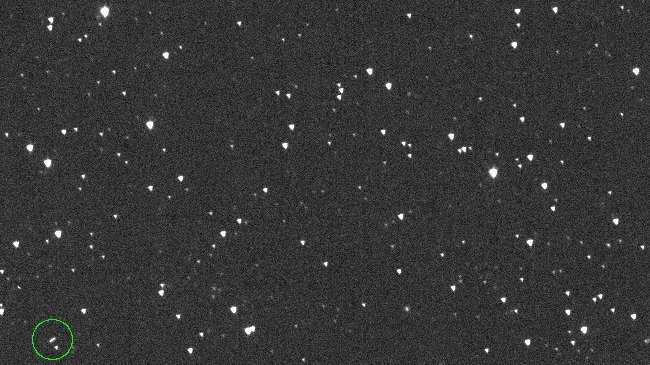Astronomers are keeping a close eye on asteroid 2024 YR4 as new calculations have increased the odds of a potential Earth impact in 2032. According to NASA’s Center for Near Earth Object Studies (CNEOS), the latest estimates put the probability of collision at 1 in 32, or roughly 3.1 percent—a slight but notable increase from yesterday’s 2.6 percent.
While most experts still anticipate additional observations will rule out an impact, this new assessment technically makes 2024 YR4 the most hazardous near-Earth object (NEO) identified to date. Previously, only well-known asteroids like Bennu and 99942 Apophis have raised similar levels of concern.
How 2024 YR4 Compares to Apophis and Other Risky Asteroids
Back in 2004, the discovery of Apophis initially placed it at level 2 on the Torino scale—a classification system used to assess asteroid impact risks. But by the end of that year, the estimated risk of a 2029 collision increased, briefly reaching 2.7 percent before follow-up observations ruled out any impact for at least the next few decades.
Asteroid 2024 YR4 currently has a slightly higher probability of impact than Apophis ever did, yet it is notably smaller in size. Estimated to be between 40 and 90 meters (130–300 feet) wide, it wouldn’t pose a planet-wide threat but could still cause significant regional destruction—especially if it enters Earth’s atmosphere at the upper end of its size range.
Rising Risk Percentages Don’t Mean Doom
Seeing the impact probability increase might seem alarming, but astronomers emphasize that this is a natural part of refining an asteroid’s trajectory. With each new observation, scientists get a clearer picture of its path—sometimes nudging the predicted course slightly closer to Earth, other times moving it further away.
Right now, 2024 YR4 is traveling toward Jupiter. As it continues its journey, astronomers are closely tracking its position and movement to improve future predictions. Think of it like connecting dots on a map—each new data point sharpens the picture, helping scientists determine the asteroid’s true course.
What Happens If 2024 YR4 Stays on a Collision Path?
If further observations continue to show a non-negligible impact risk, planetary defense organizations will begin preparing response strategies. The Space Mission Planning Advisory Group (SMPAG) would analyze potential mitigation efforts before submitting plans to the United Nations.
One possible response could involve a kinetic impactor mission, similar to NASA’s 2022 DART test, which successfully altered the orbit of asteroid Dimorphos by slamming a spacecraft into it. However, before any action is taken, astronomers will need more data to confirm whether intervention is necessary.
For now, experts remain cautiously optimistic that additional observations will lower the probability of impact to zero—just as has happened with other potential threats in the past.











